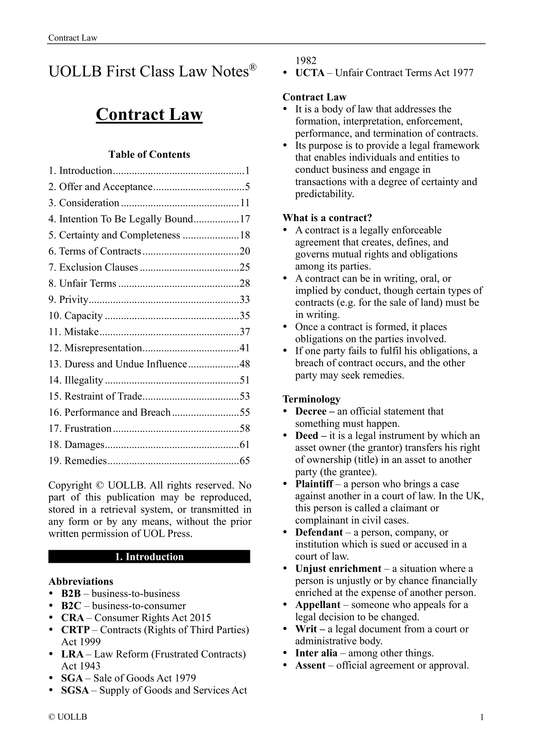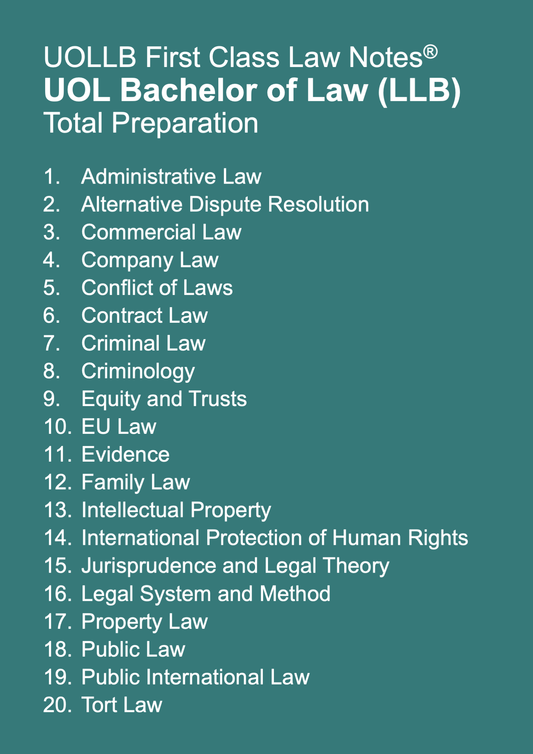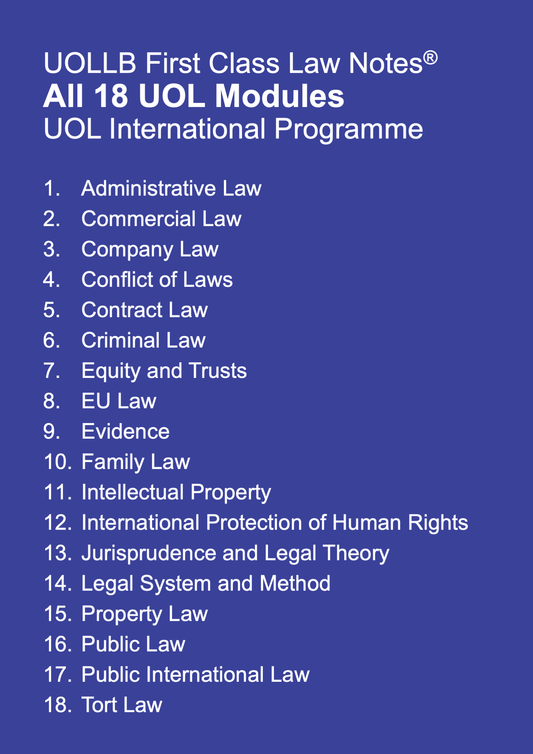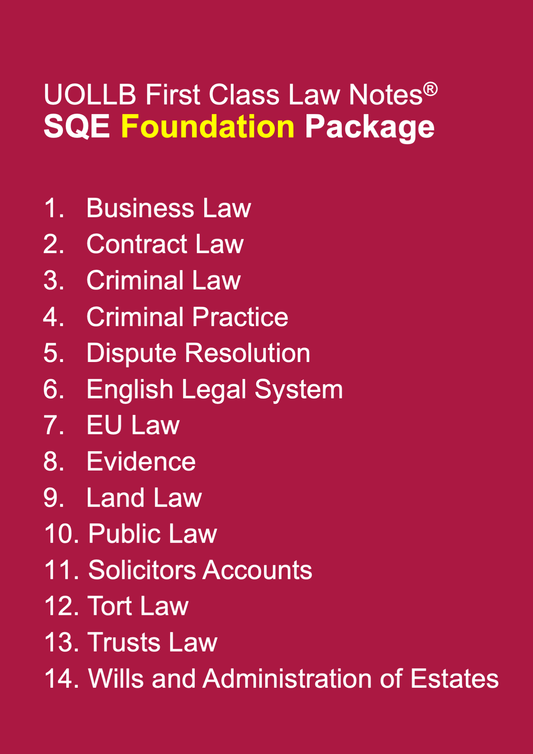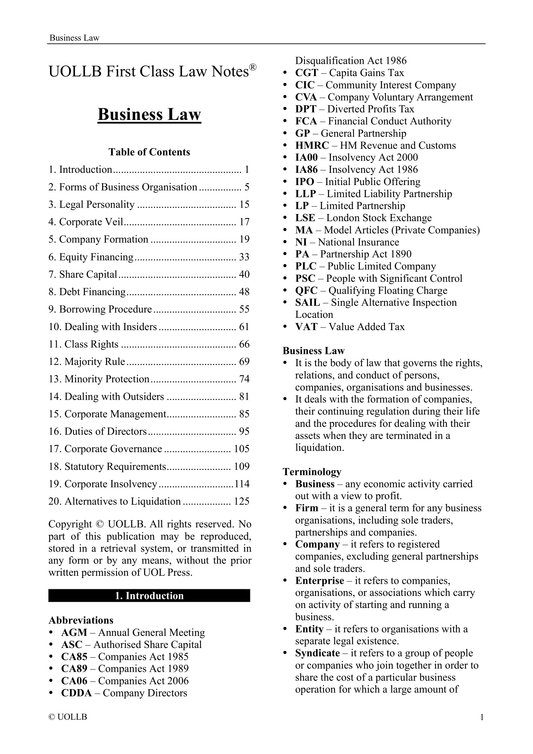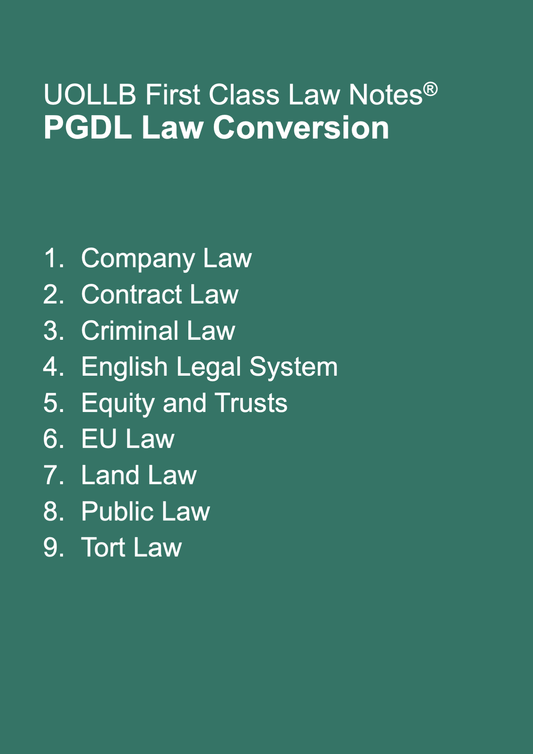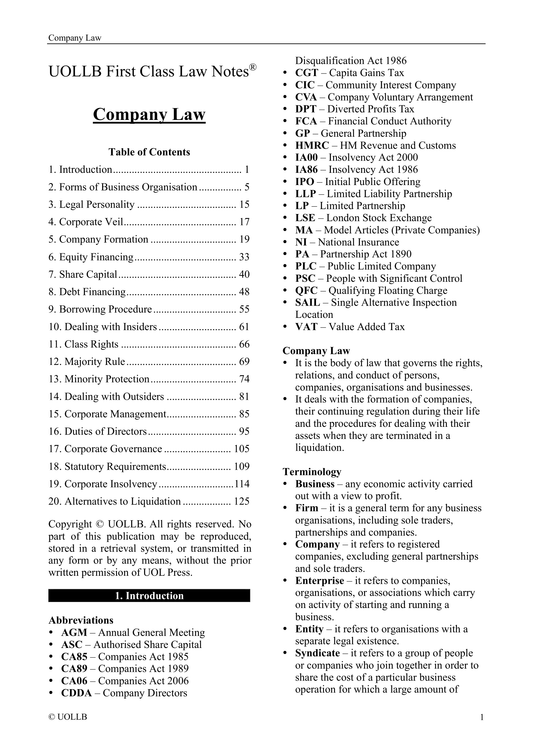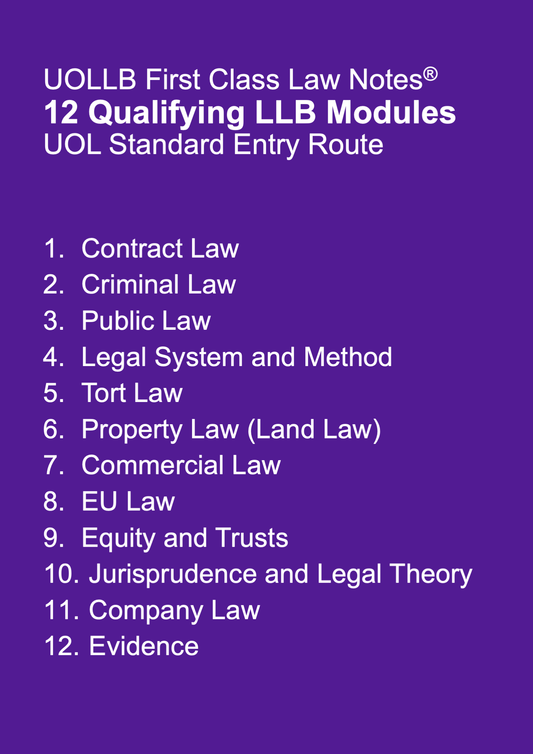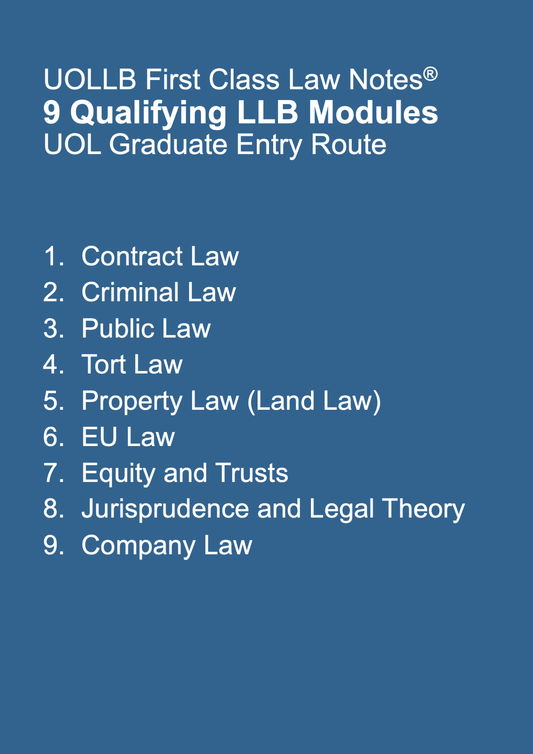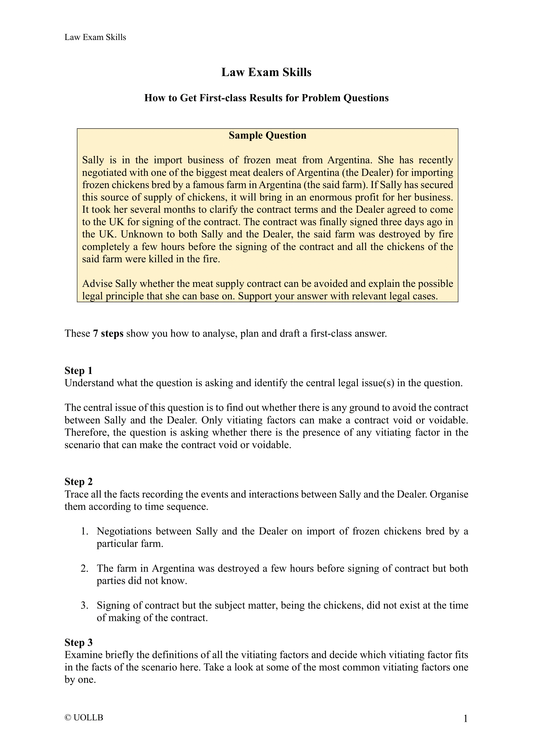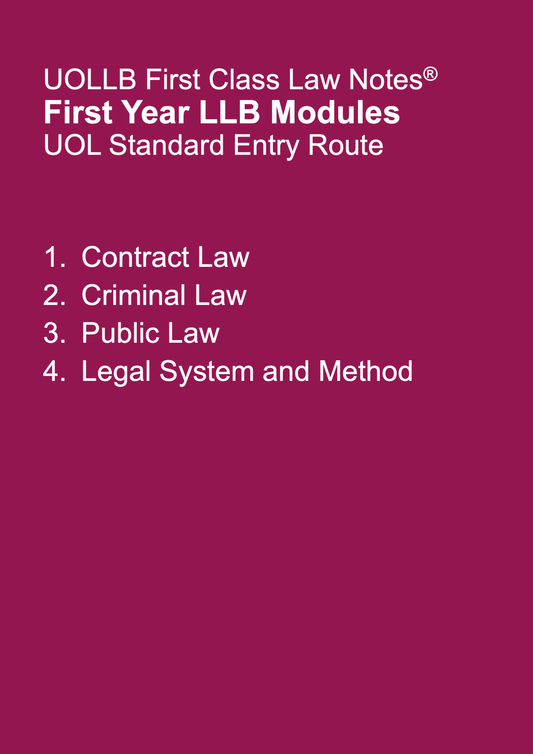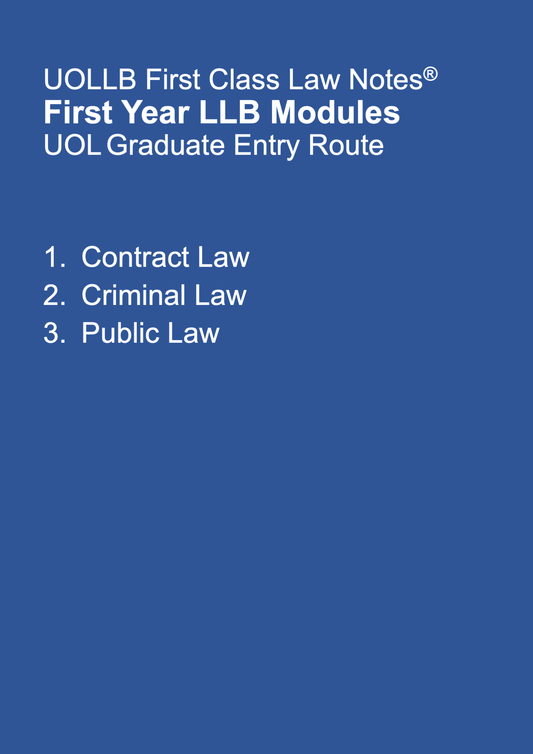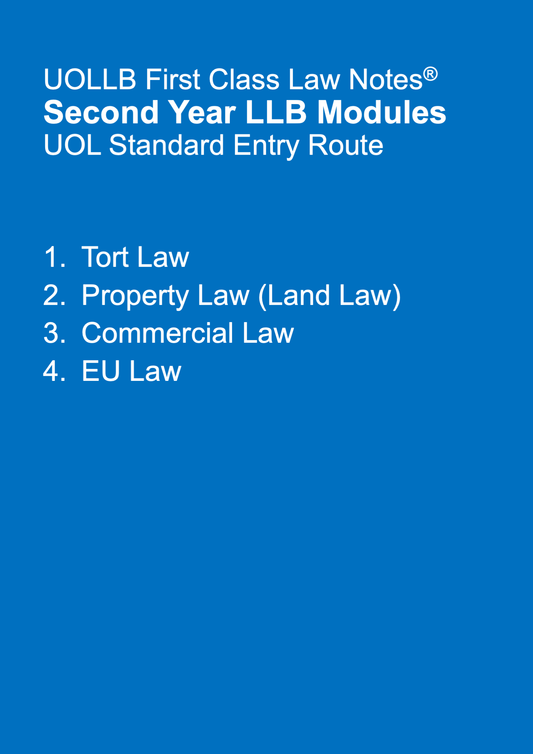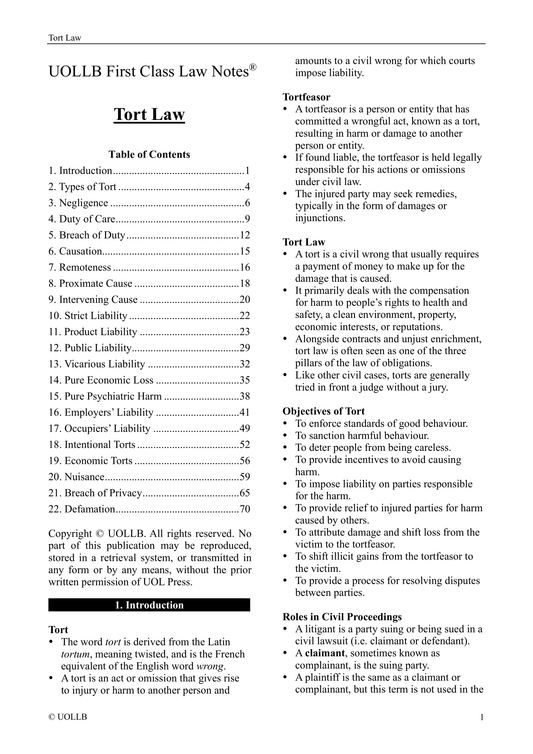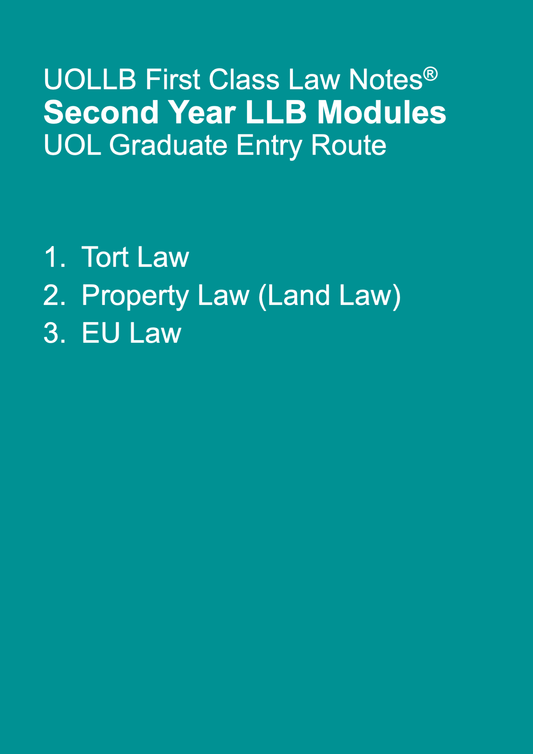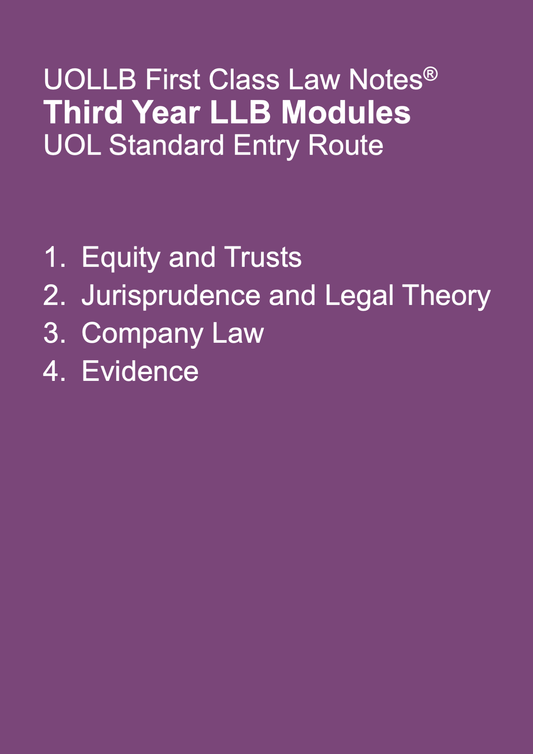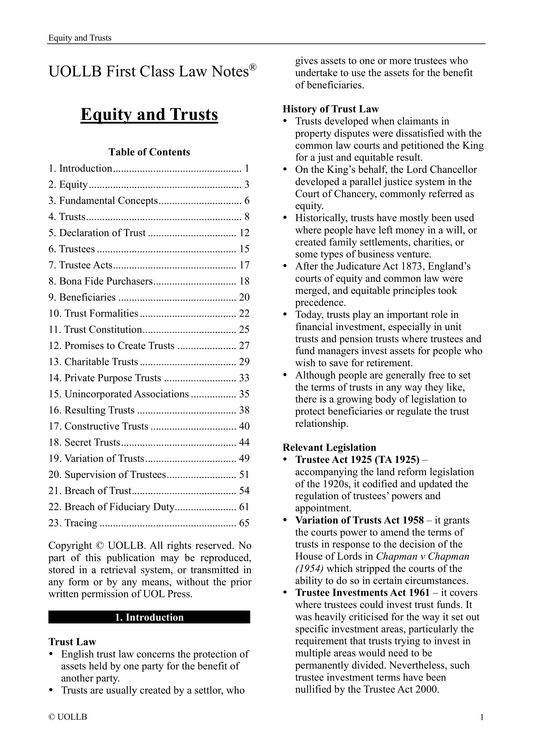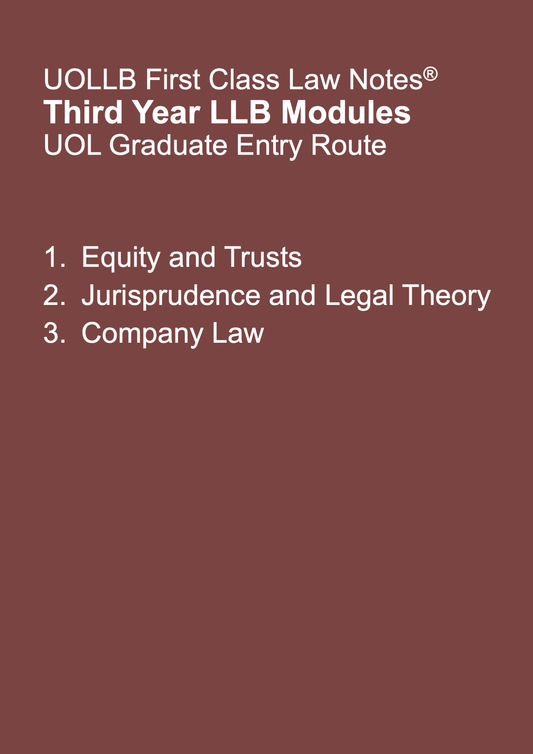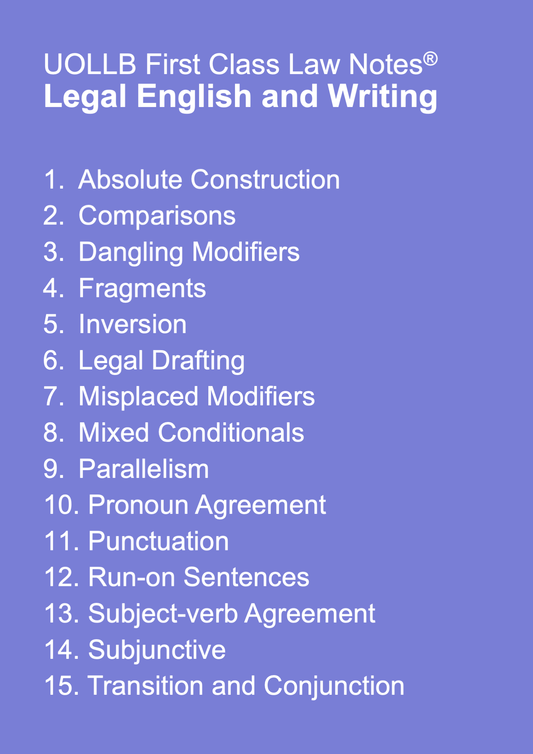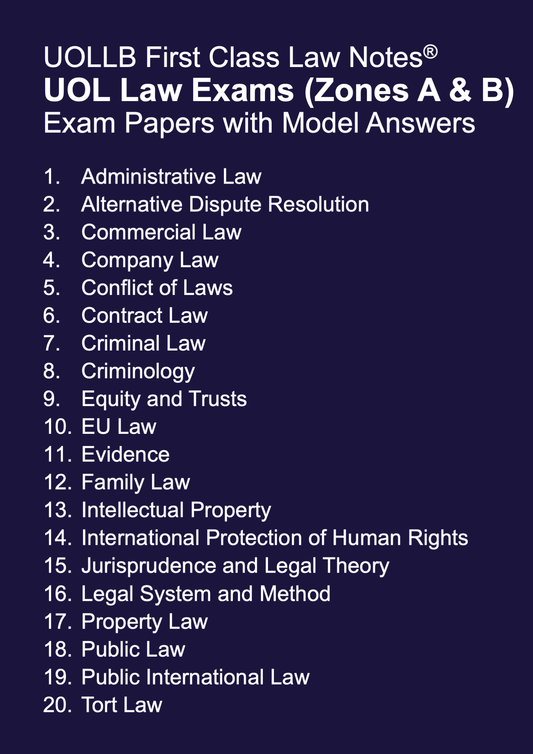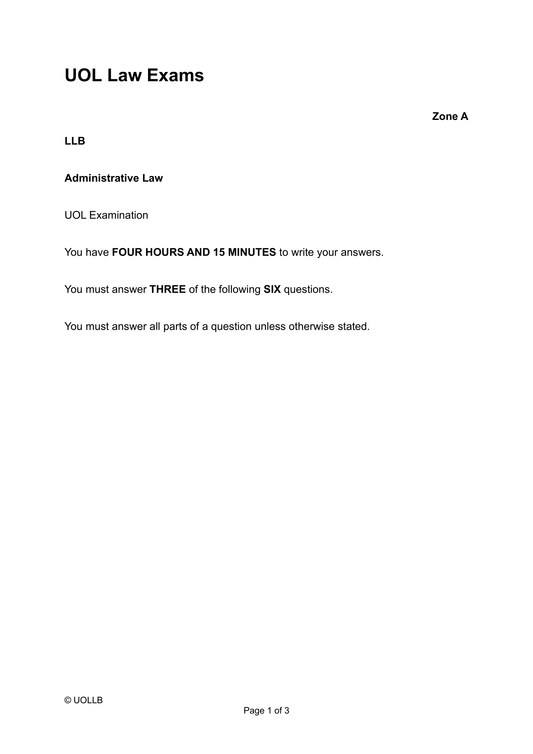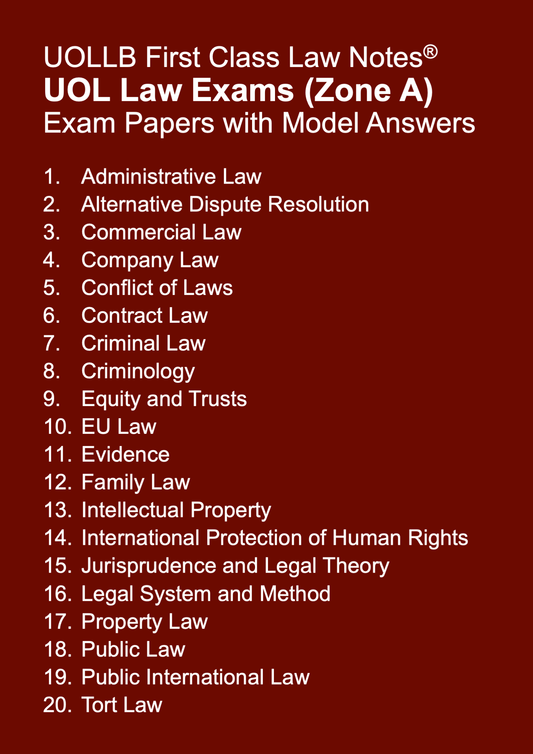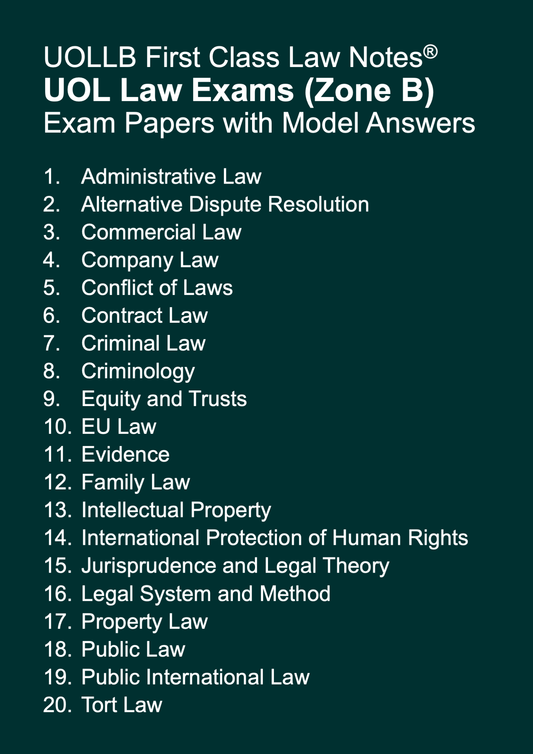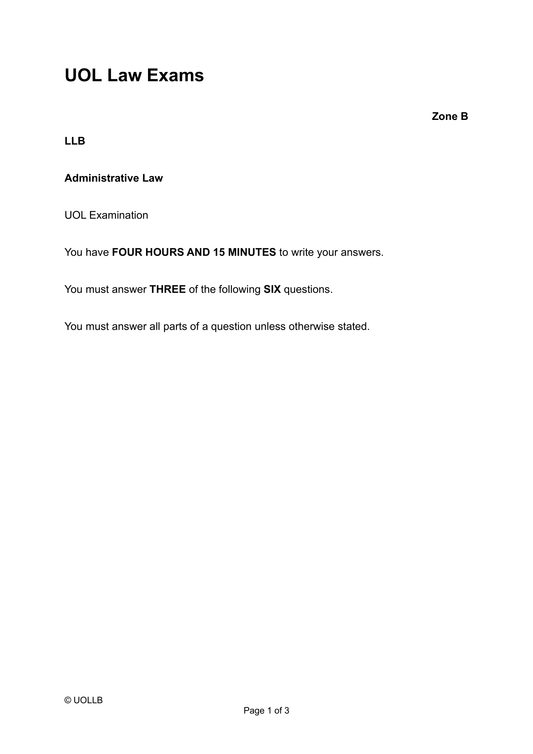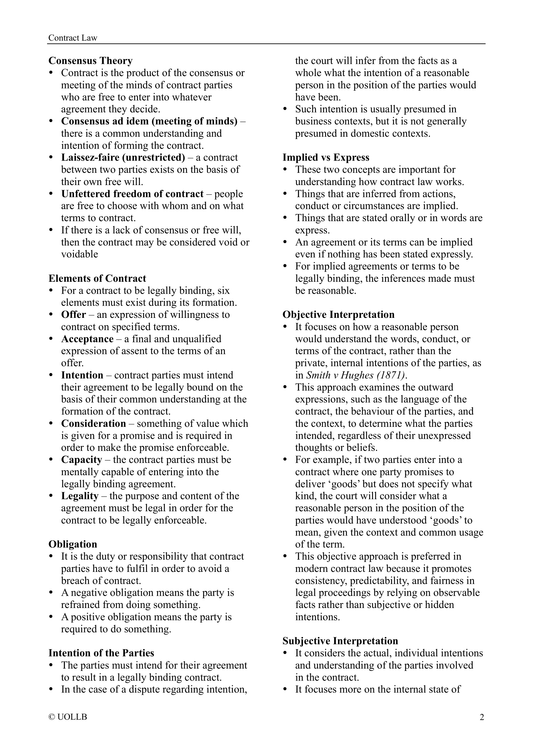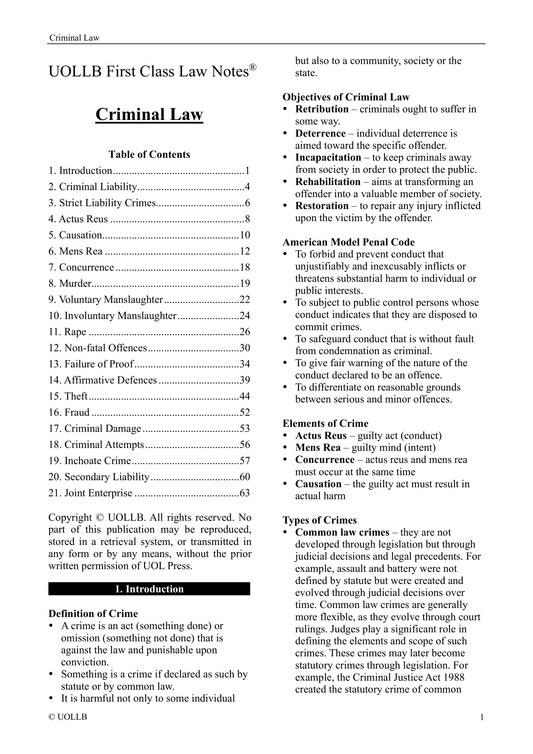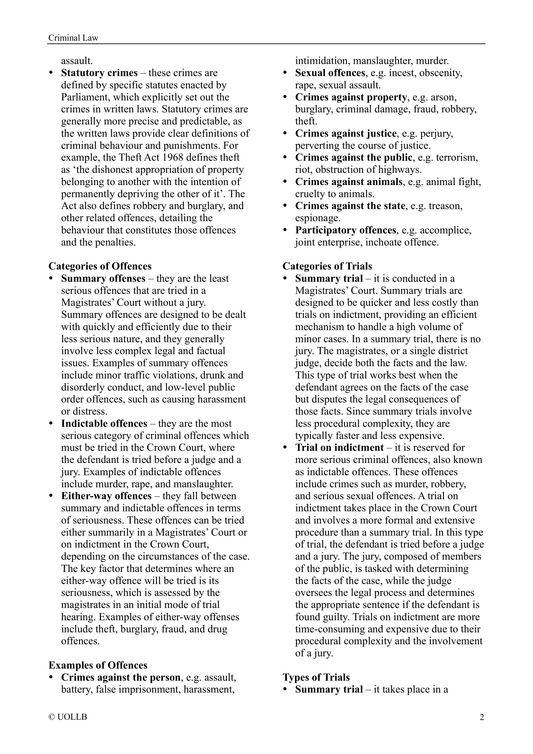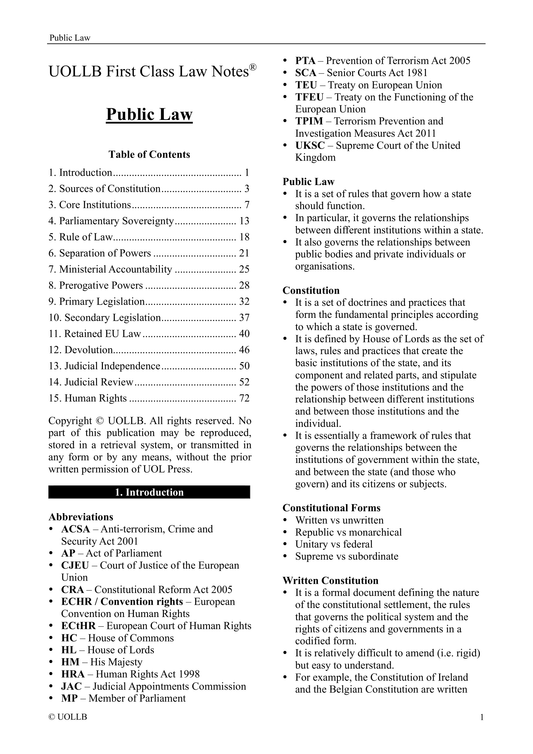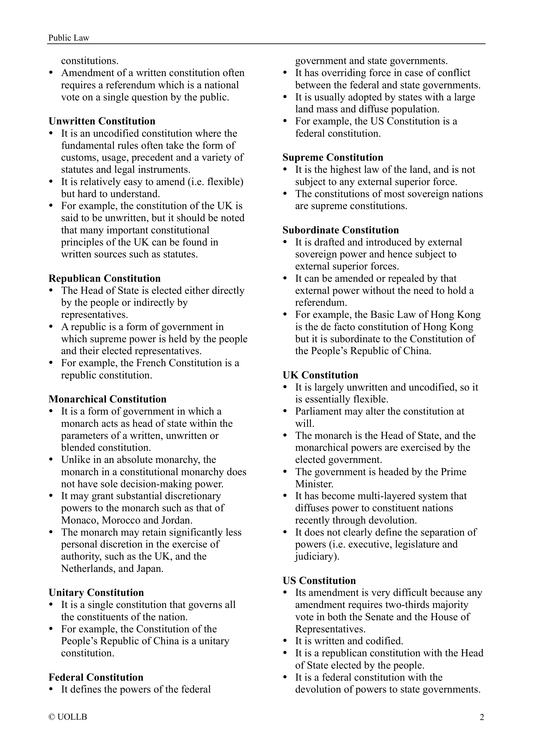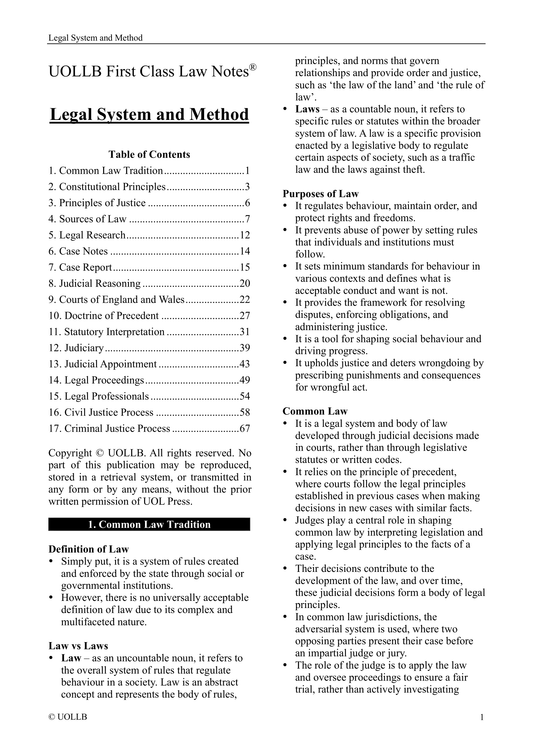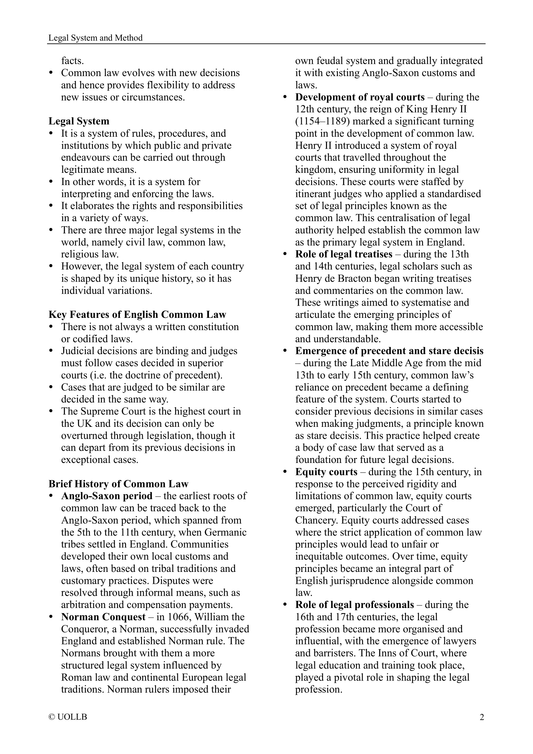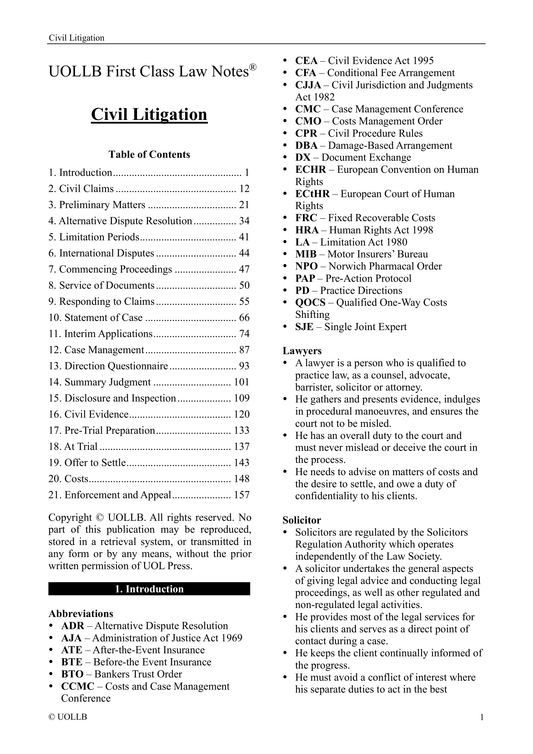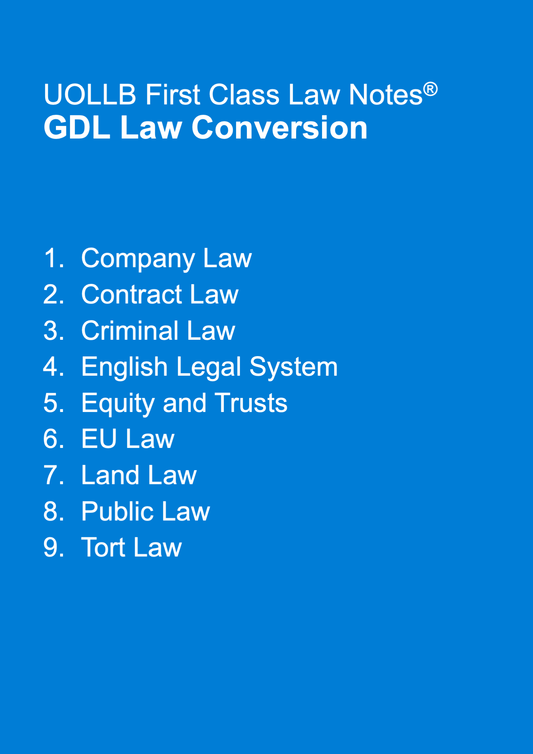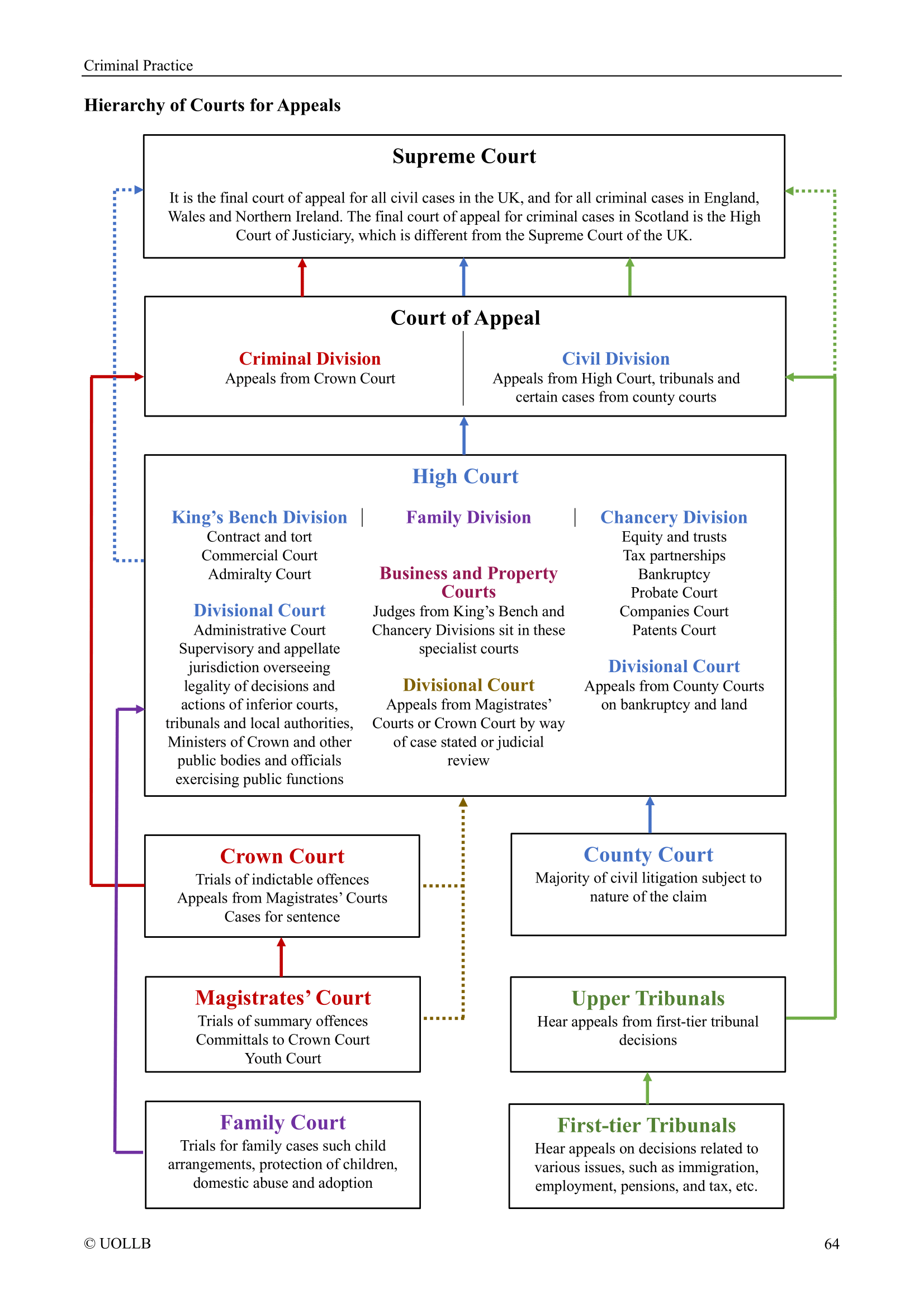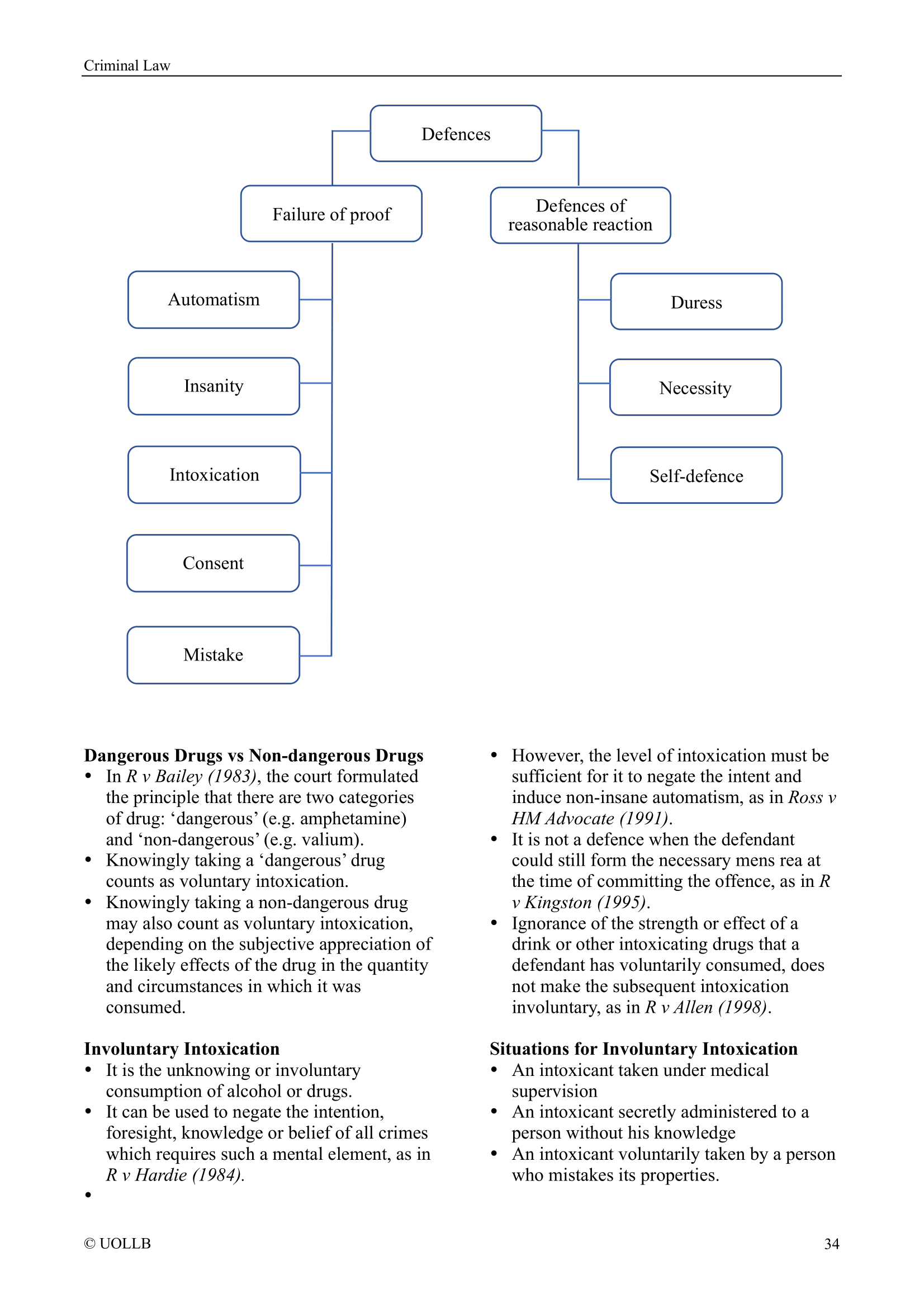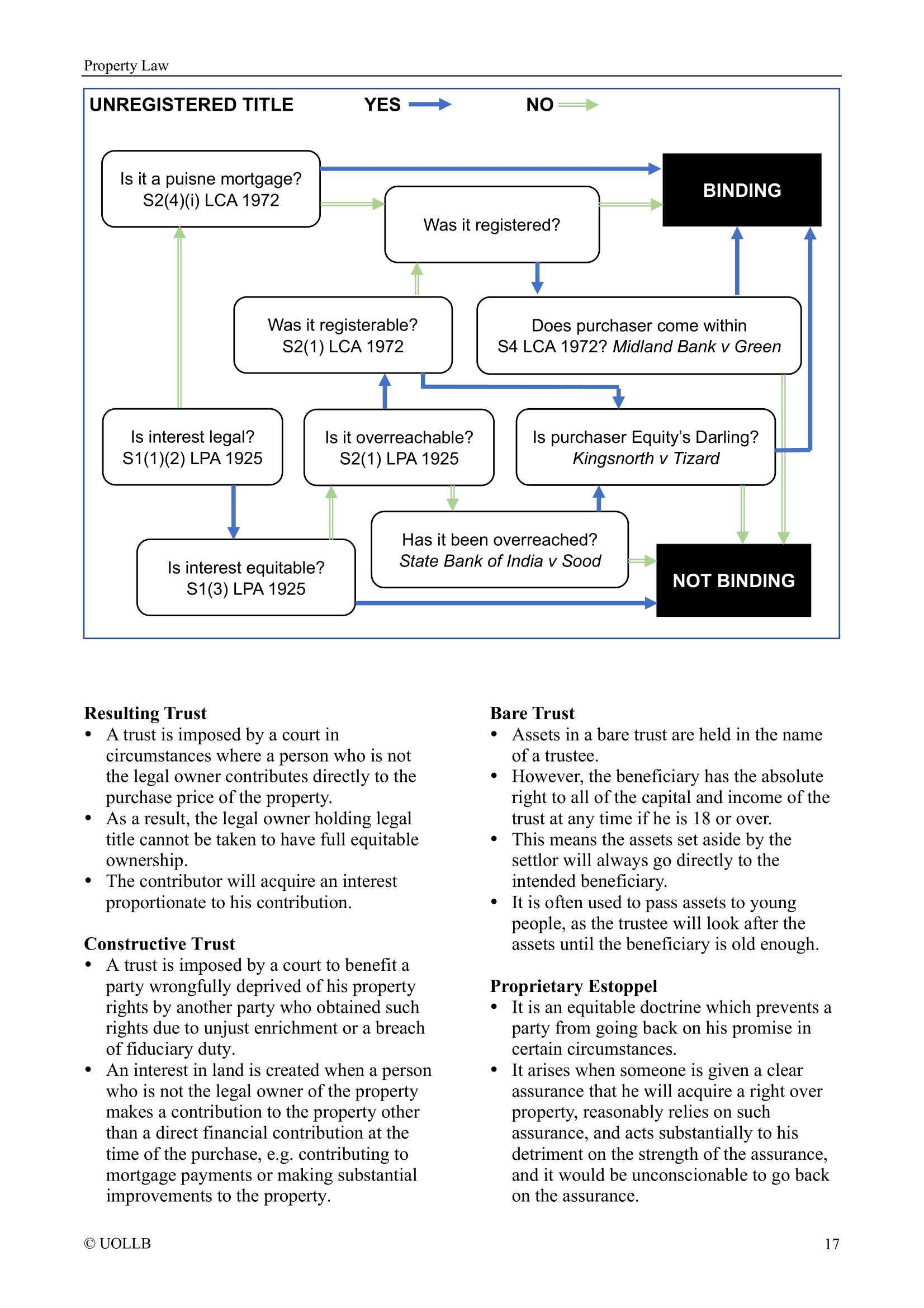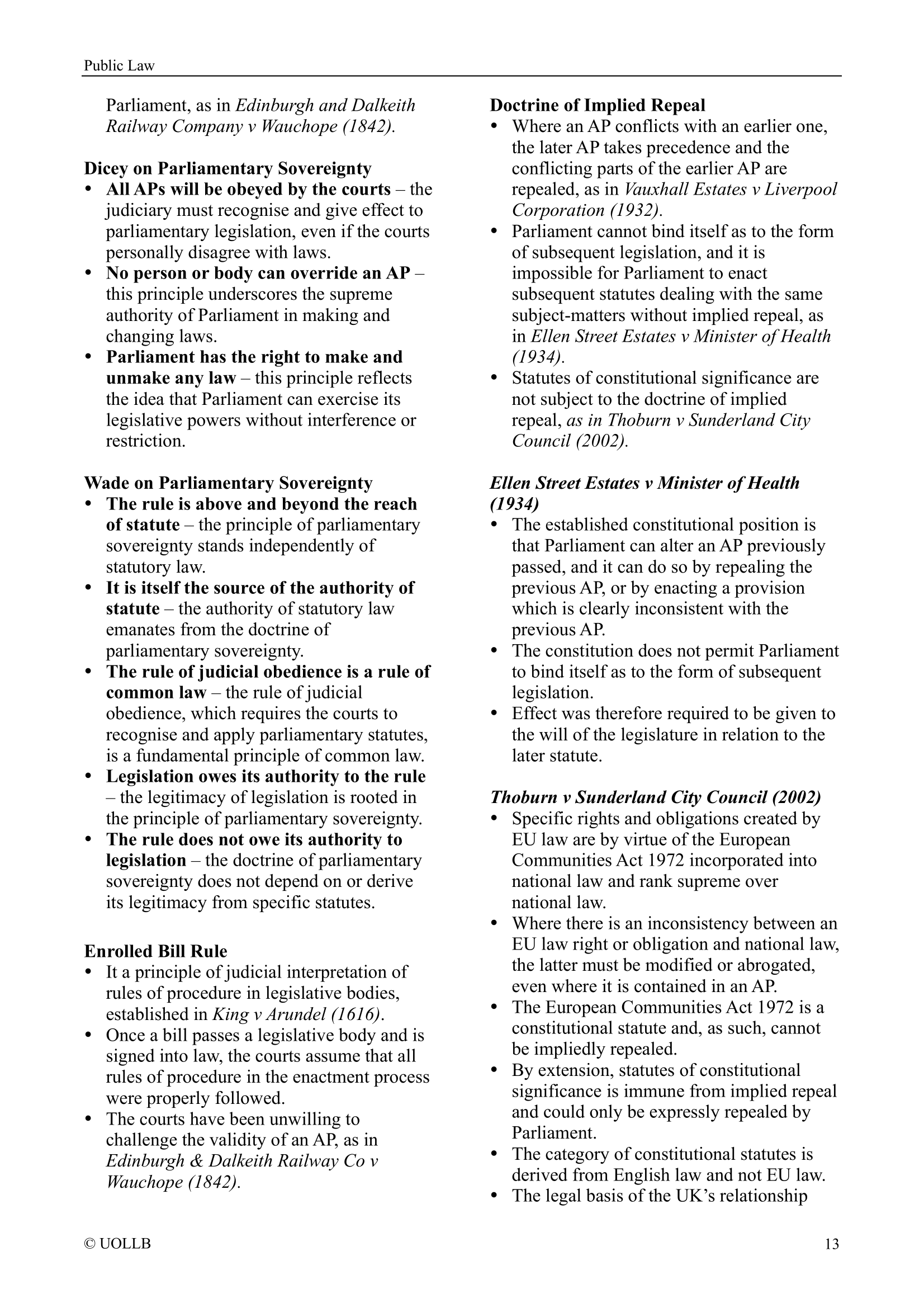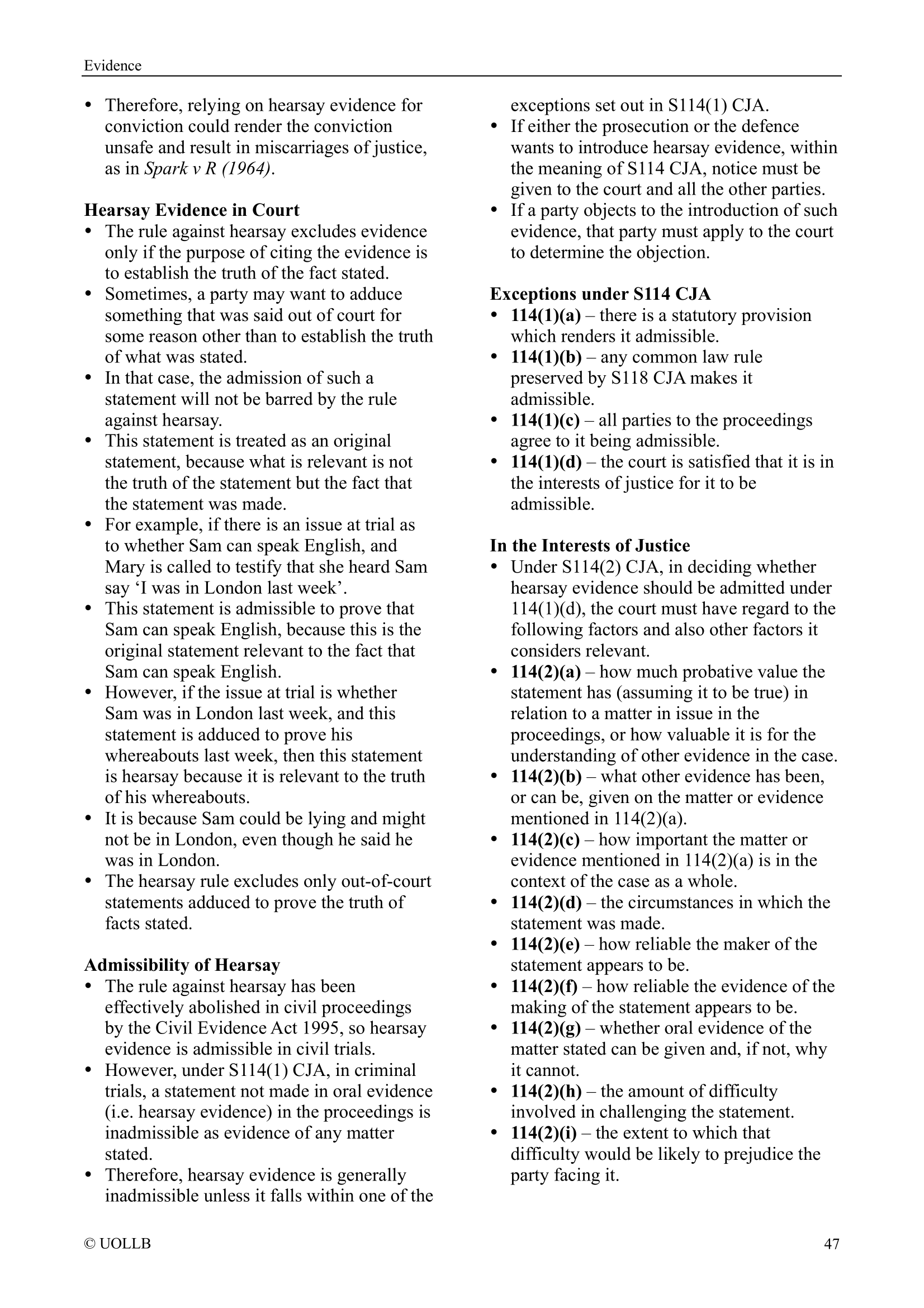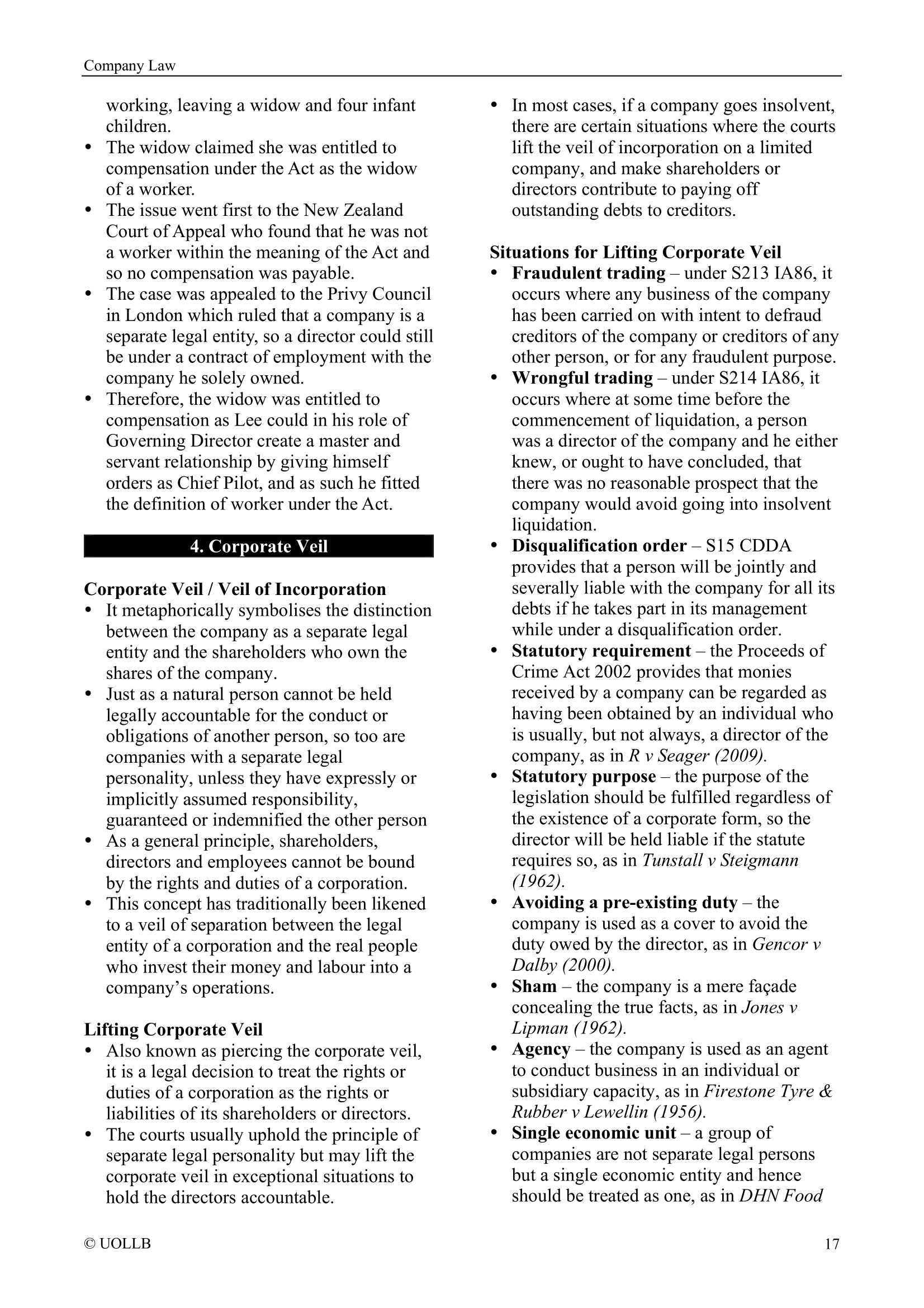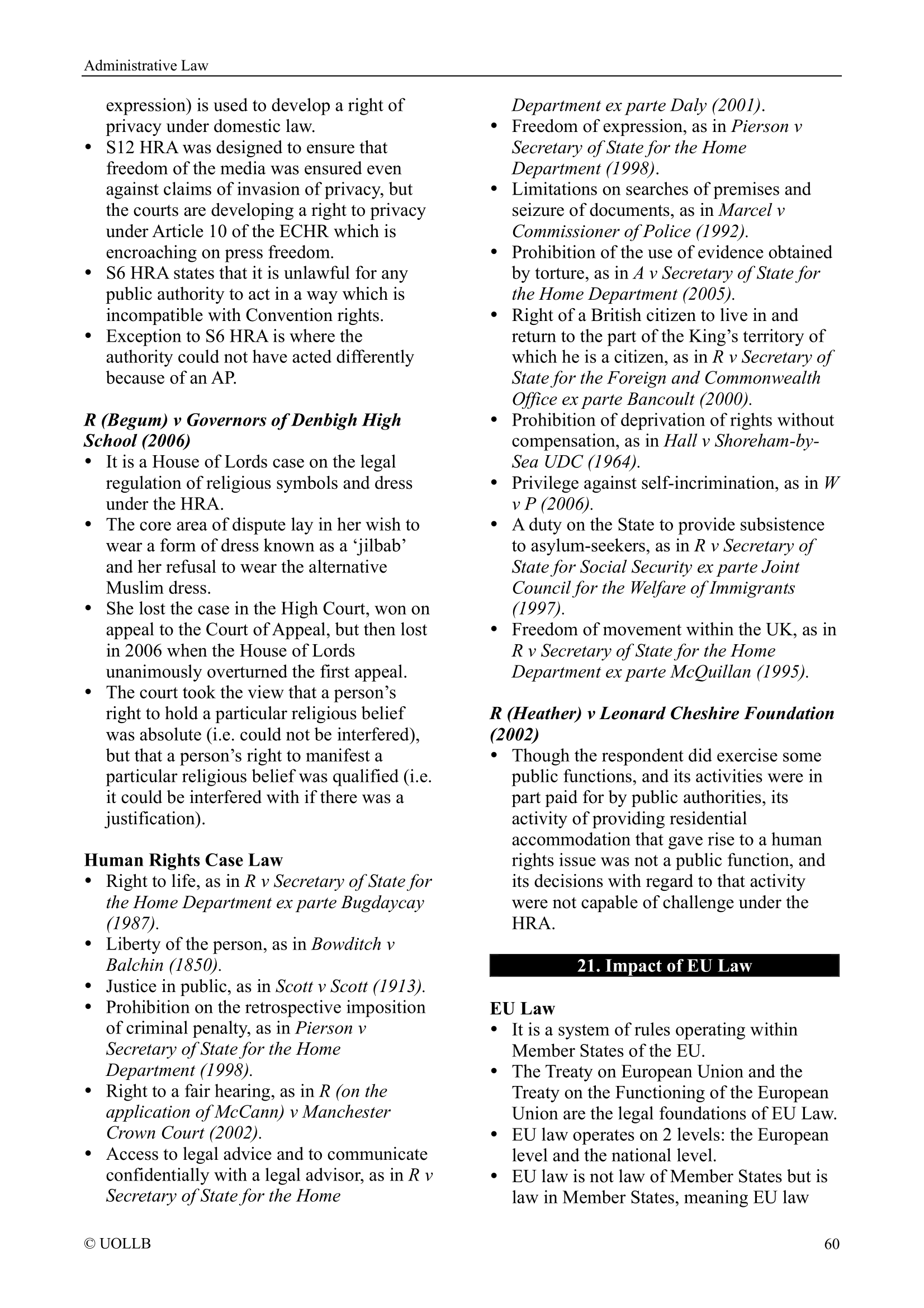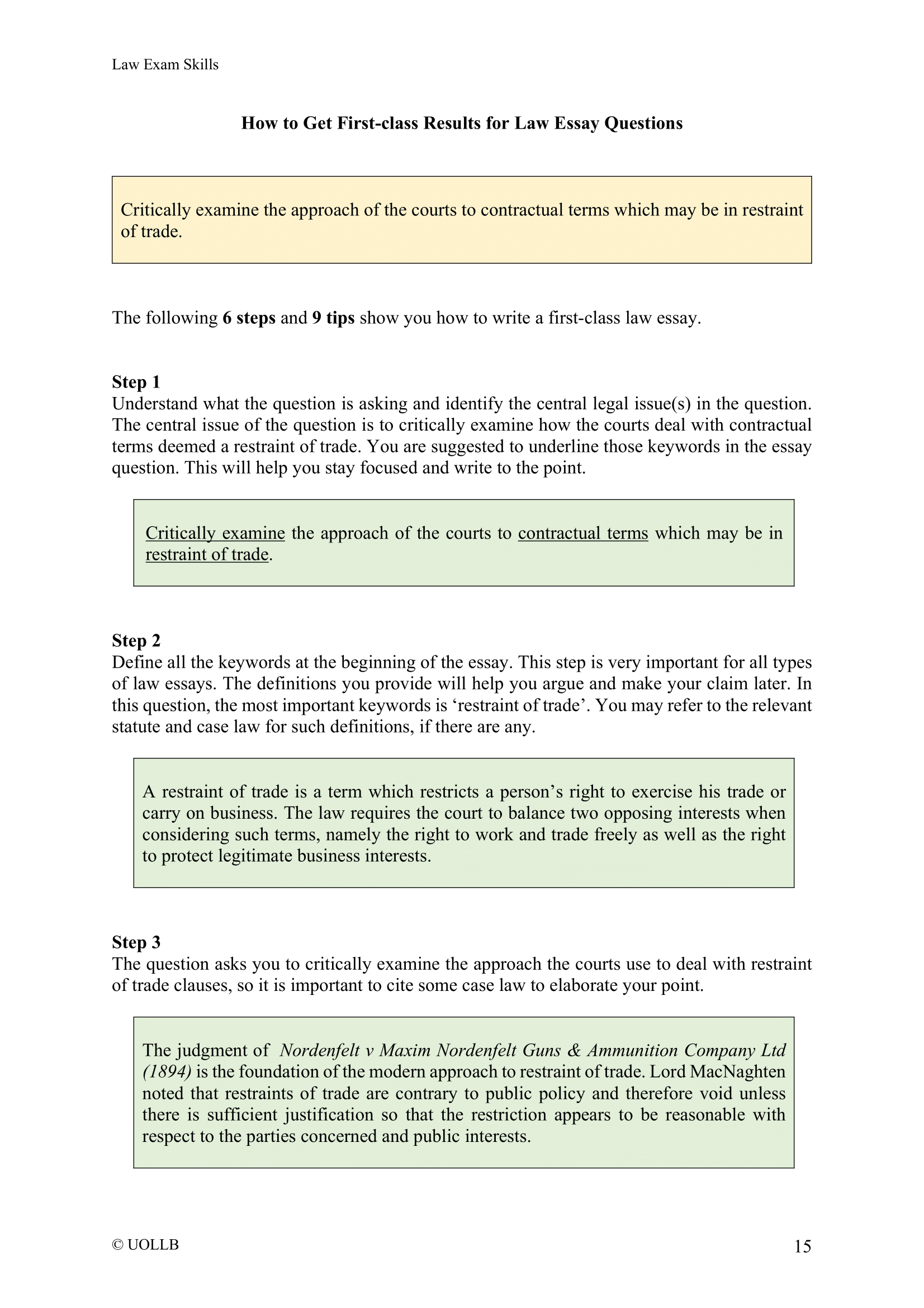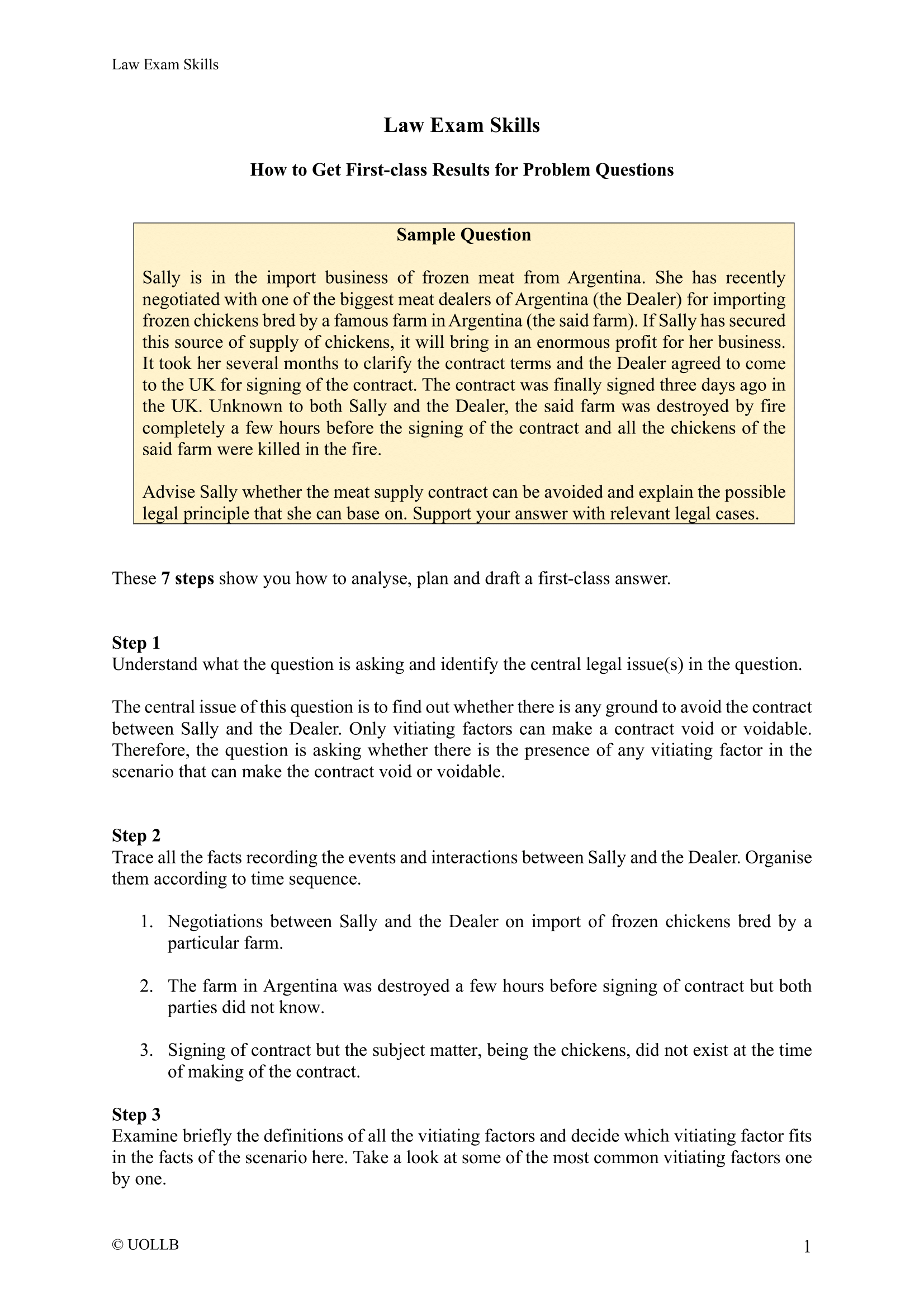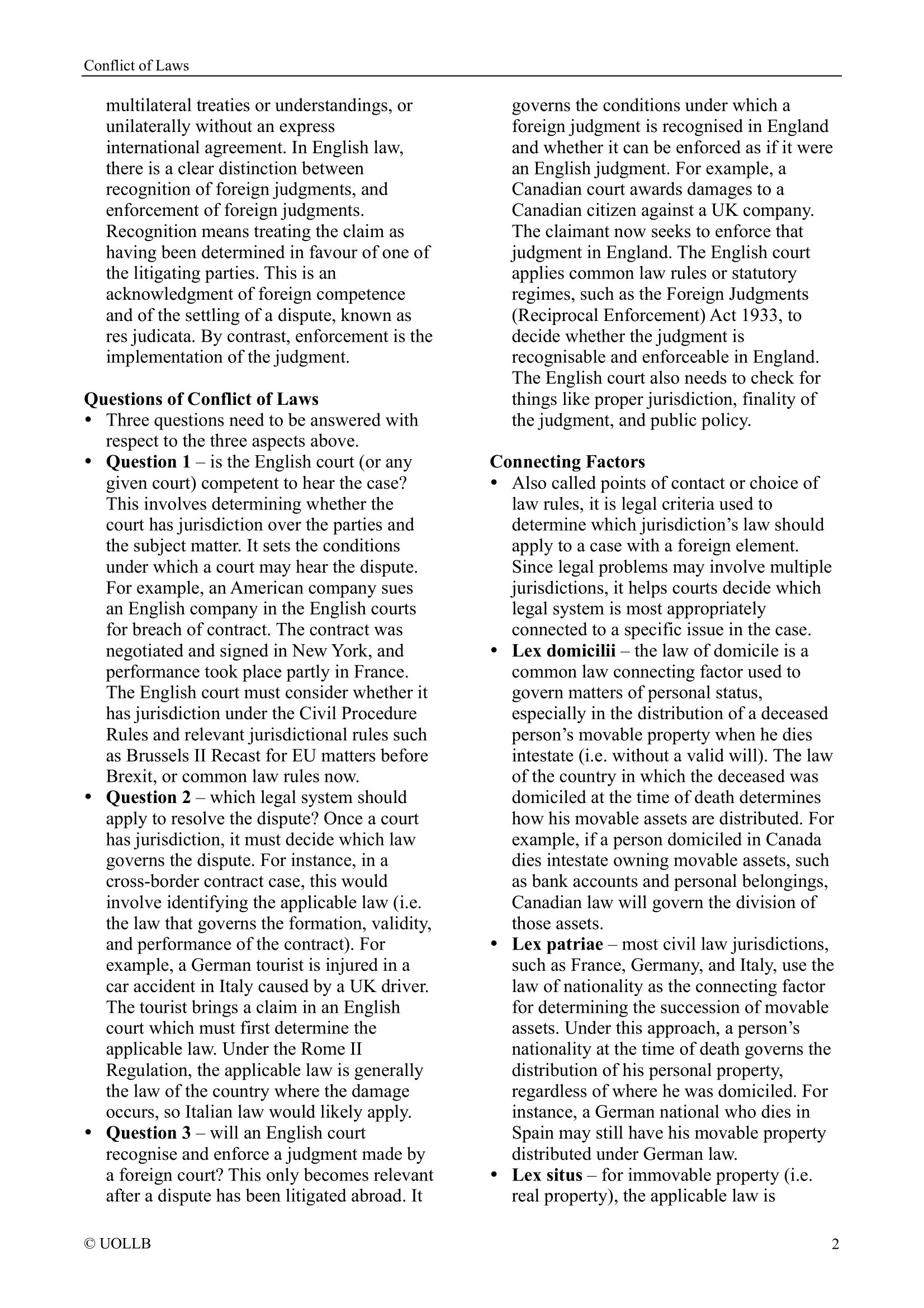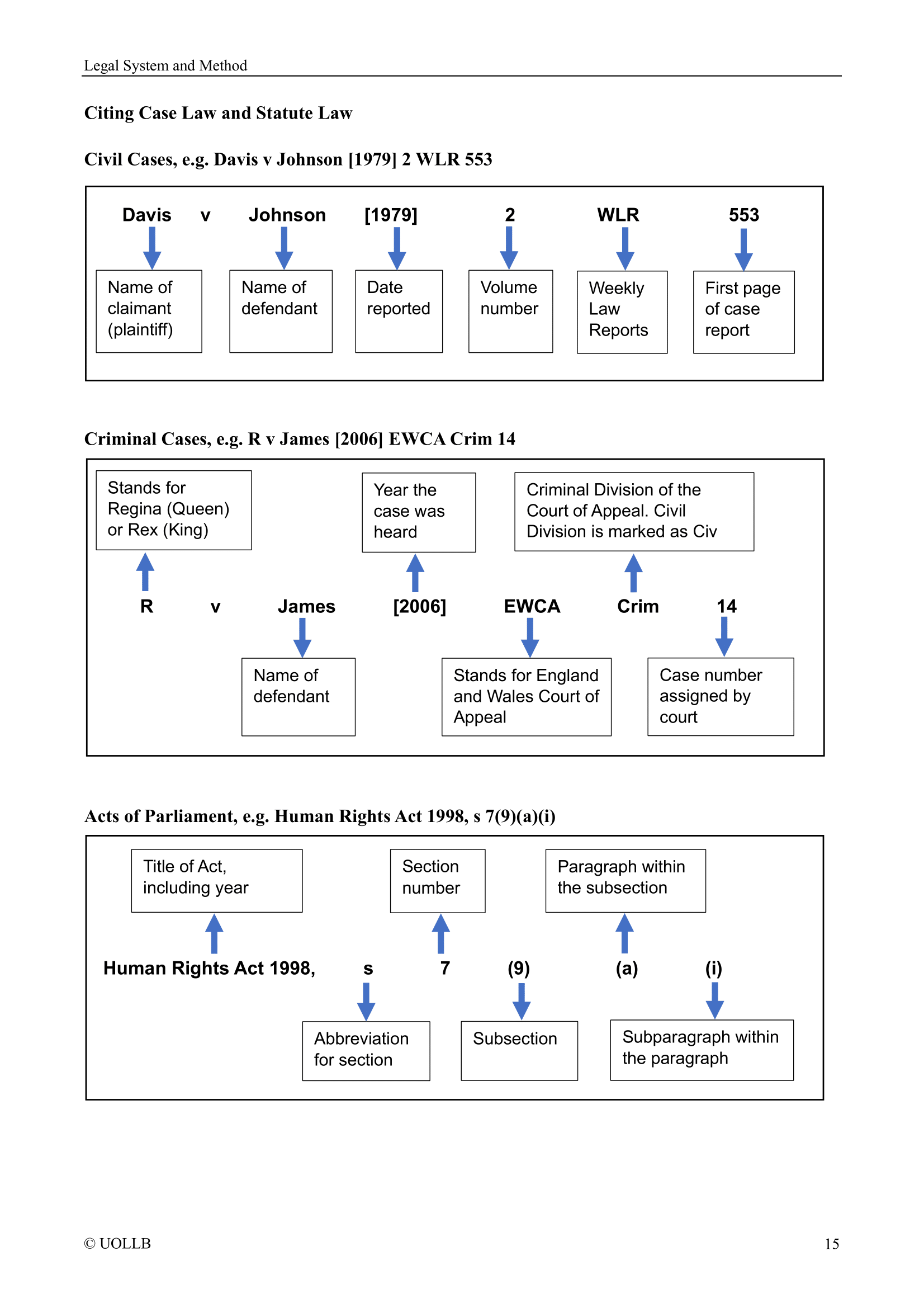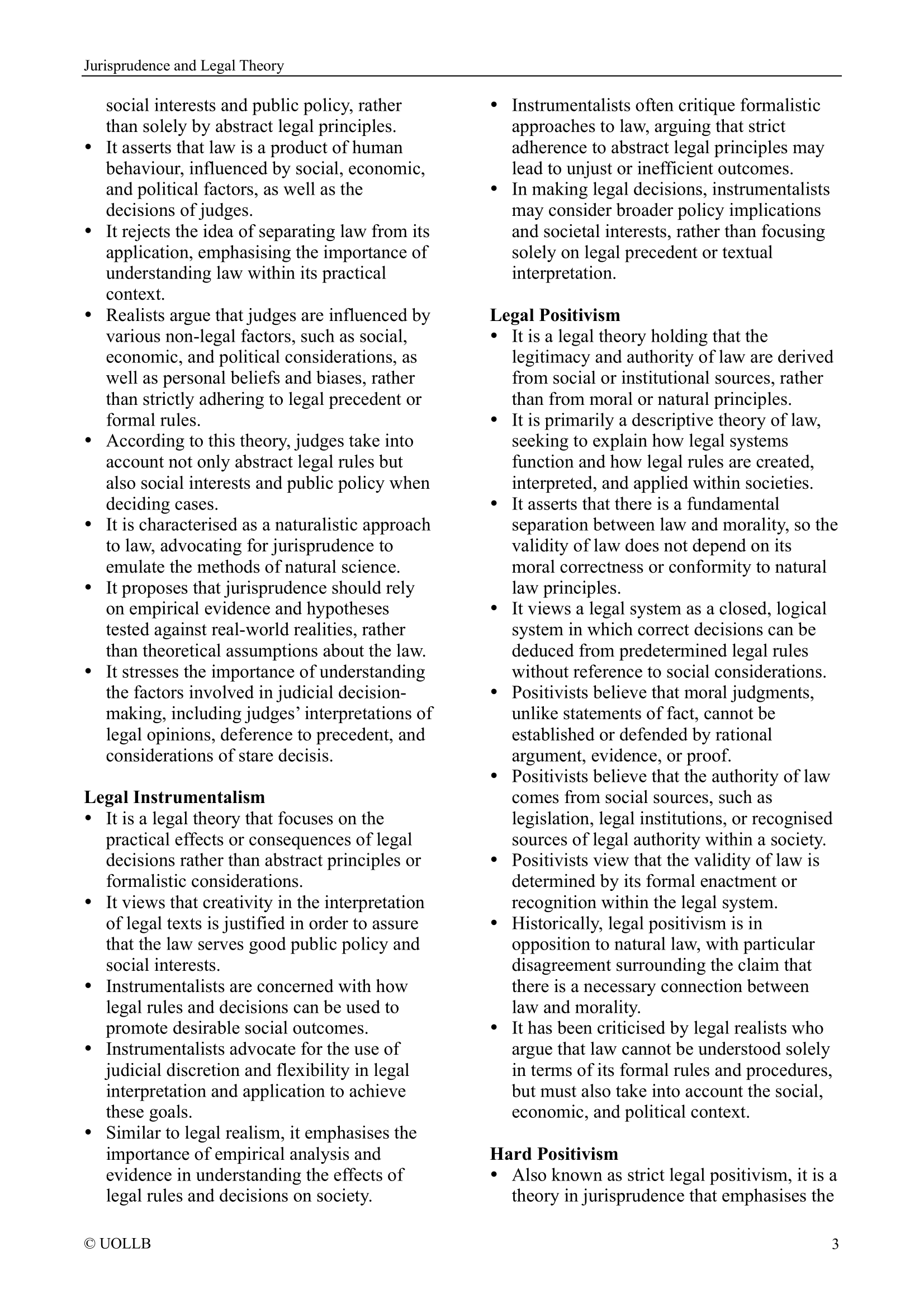Tribal Law
Share
Tribal law, also known as customary law or indigenous law, refers to the legal systems and practices developed and enforced within indigenous or tribal communities. These legal systems exist parallel to or alongside national or state legal systems and are rooted in the customs, traditions, and cultural norms of the particular tribal group.
Customary practices: Tribal law is primarily based on long-standing customs, traditions, and norms that have been developed and maintained within the tribal community over generations. These practices govern various aspects of life, including land tenure, family relations, dispute resolution, and resource management.
Oral tradition: Tribal law is often transmitted orally from one generation to the next. The customs, rules, and precedents are communicated through storytelling, rituals, ceremonies, and community practices. Oral tradition helps preserve the collective wisdom and history of the tribal community.
Communal decision-making: Tribal law is shaped through communal decision-making processes. Elders and respected community members often play a crucial role in interpreting and applying customary law. Decisions are reached through consensus or through established mechanisms such as councils or assemblies.
Relationship-oriented: Tribal law emphasises the interconnectedness of individuals within the community and their relationship with the land, nature, and other members of the tribe. The rights, obligations, and responsibilities of individuals are often defined in terms of their roles within the community and the maintenance of social harmony.
Restorative justice: Tribal legal systems generally prioritise restorative justice principles over punitive measures. The emphasis is on repairing harm, restoring relationships, and reintegrating the offender back into the community. Mediation, reconciliation, and compensation are often employed to resolve disputes.
Dual legal systems: In many cases, tribal law operates alongside national or state legal systems. There may be instances where tribal law is recognised and incorporated within the broader legal framework of the country, particularly in matters relating to land rights, cultural preservation, and self-governance.
Recognition and challenges: The recognition and application of tribal law vary across jurisdictions. Some countries have established legal mechanisms to recognise and enforce tribal law within certain limits. However, conflicts may arise when tribal law and state law conflict, especially in areas such as criminal jurisdiction, human rights, and gender equality.
Tribal law is diverse and varies significantly among different indigenous or tribal communities worldwide. The unique cultural, historical, and social contexts of each community shape their legal traditions. Efforts are underway to preserve and promote the recognition of tribal law, respecting the rights and autonomy of indigenous peoples and their legal systems.

